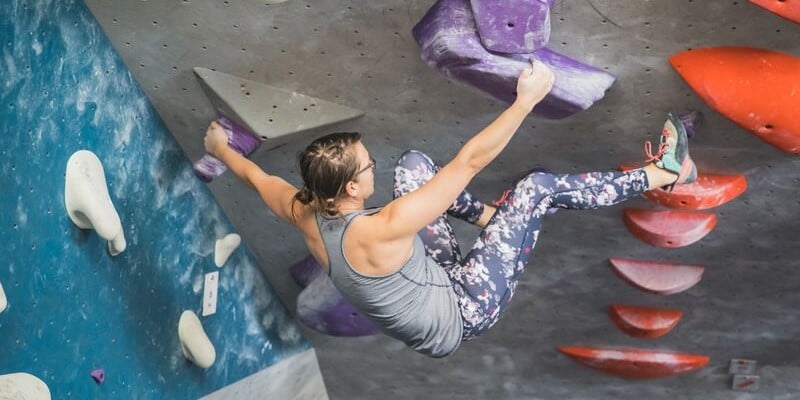Climbing holds just out of reach? Learn how to stretch every last inch
Having trouble reaching the next hold? I know that feeling. As a youth climbing coach and a human with height and wingspan under 5 feet, that's a situation I encounter on a regular basis. Over the years, I've gathered some approaches to stretch out every inch of a climber's (and my own) reach.
Check the Distance
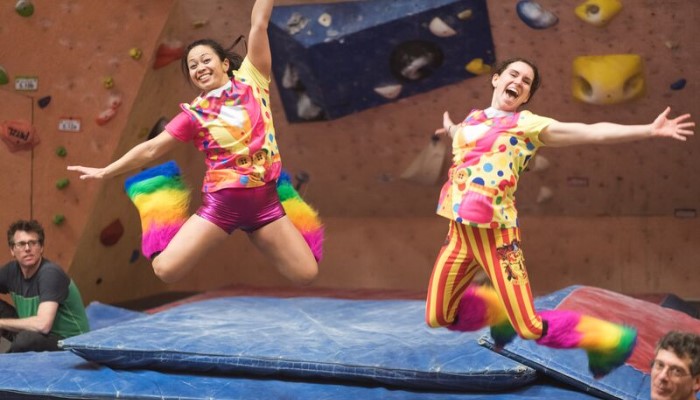
Measure twice. Throw once. This is a strategy for indoor climbing that allows us to reality check the distance.
Measure your wingspan and vertical reach against a climbing wall with your fingertip touching a bolt hole and count approximately how many bolt holes are within your horizontal and vertical reach. Make sure to stand on your toes when measuring vertical reach. Every inch counts. Then, look at the move you are trying to do and count how many bolt holes are between the holds.
The confirmation that a hold is within reach, often increases confidence and commitment when making the move which means you’ll be more likely to access your full power to get to the hold.
Use High Feet
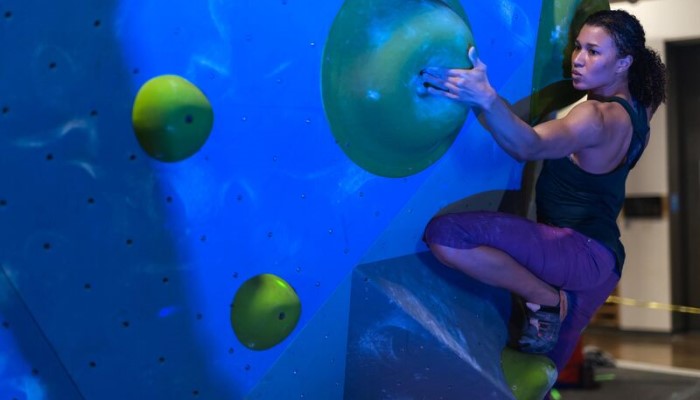
Look for and learn to use foot holds that are higher than you would typically use. The holds could be at or even above hip level. To master this, you may need to do hip flexibility and lower body strength training (Psst! We have fitness classes for that! Find your location to look at the fitness calendar). Single leg squats (also known as pistol squats) is a great exercise that will give you access to higher foot holds.
Consult with a qualified personal trainer to work your way up to a single leg squat safely and to ensure you are using proper form.
Place Precisely
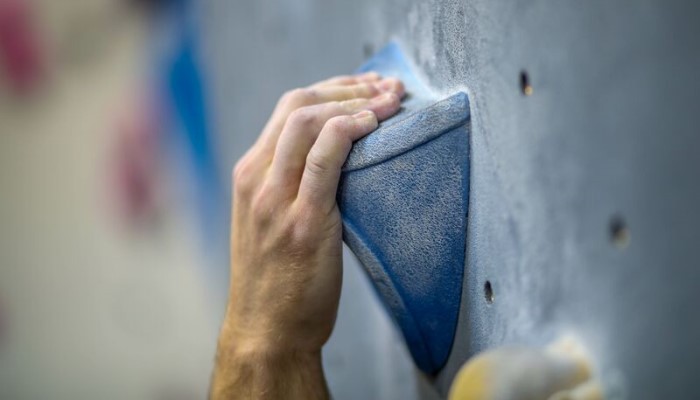
We are not always precise about where we want to place our hand or foot. Check to make sure you have your toe on the highest part of the hold and be sure to use that part when you climb. Look for the lowest part of the handhold that looks good enough for you to stick.
Extend Fully
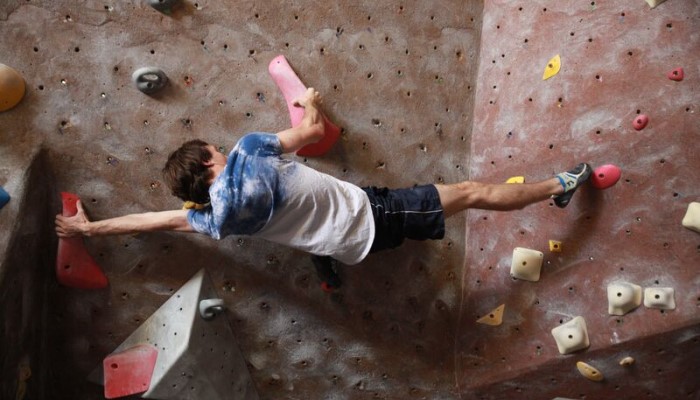
Make sure you are fully extending your body in your movement, from your toes to your fingertips. Get yourself on video and go through frame by frame to see if you're fully extended.
Quick tip: many of our yoga classes have poses or sequences that require you to twist and extend your side body so on your next rest day, check out one of our yoga classes (select your location to view the yoga calendar).
Aim High
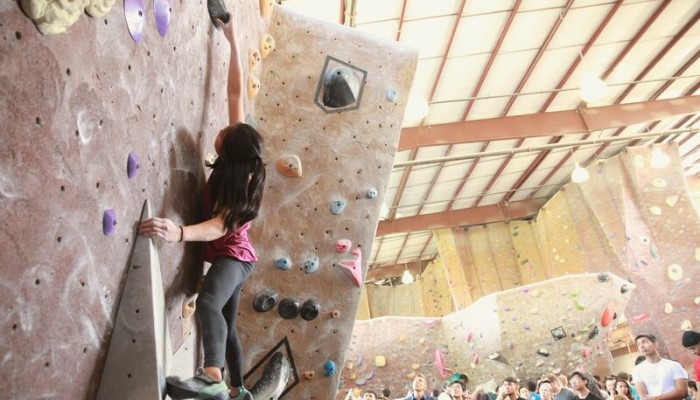
If you are within an inch or two of touching the best usable surface of the hold, one of simplest things you can do is to aim above the hold. Pick a bolt hole or a spot above the hold and fix your eyes on that when you make the move. Sometimes our bodies don't accurately estimate how much power we will need to get to a hold. By looking at a higher spot you can get your body to generate more power.
Find your beta
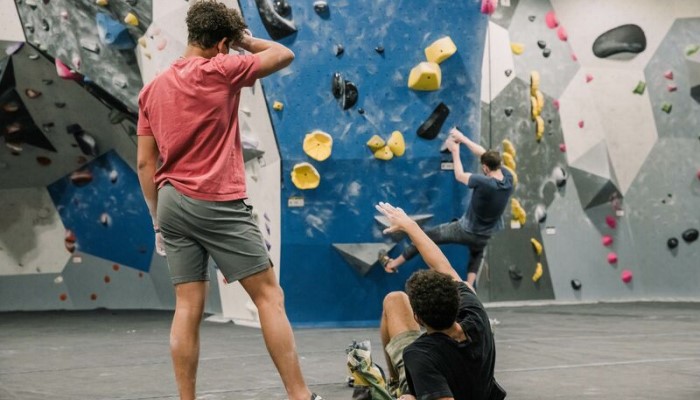
Sometimes the beta that works for some is just not going to work for you. The trick is exploring what you can do to get to the top. Maybe it’s possible to use an intended foot as a hand or to match your hand on top of your other hand for a brief second on a small hold.
When I think of breaking the intended sequence to gain reach, the first thing that comes to mind is Brooke Raboutou using the t-nut holes (the teeny tiny holes you’ll find on indoor climbing walls) with her toes to get more stability through a move. Beta breaks may feel unstable, but they may be just doable enough to get you through the reachy section.
Master Momentum
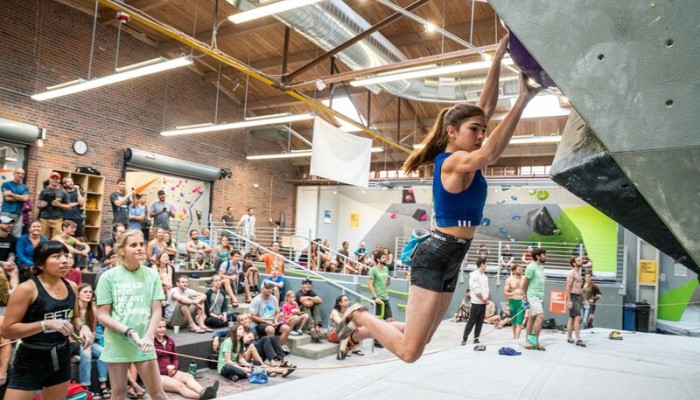
Specifically train and master dynamic movement skills (think dynos). Coordination moves are particularly good for expanding your reach. They teach you how to generate momentum, coordinate multiple limbs in rapid succession and stop momentum.
Even if you don't need to do a coordination move on the reachy move itself, those skills are important for the type of dynamic movement that will help extend your reach. The finer points of these skills are outside of the scope of this article, but the essence here is to learn how to generate and stop your momentum in a variety of different directions and hold configurations.
Build Lock Off Strength and Lower Body Power
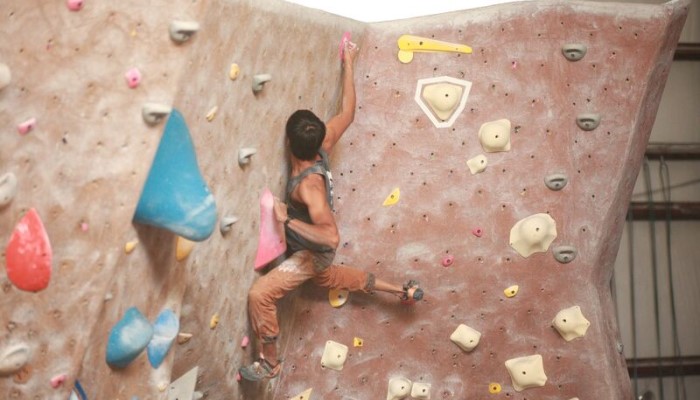
Like mastering momentum, this is another approach that will take time. Most people tend to lock off with their hand at shoulder height. Building strength to lock off with your hand lower than your shoulder, at or even below your chest, is going to help you stay stable longer on big reaches. Experiment with doing deeper lock offs on warm up level climbs.
Training lower body power is going to help you with explosive dynamic movement that will also extend your reach. Thrusters are a great exercise for building lower body power. Consult a qualified personal trainer for proper form guidance and a program to build lock off strength and lower body power.
Every time you want to say, "that move is too big" or "I'm too short", give these approaches a try. While none of them will make your reach longer (or me taller), these strategies will help you maximize the reach you're working with. Have fun and go get it!
Ren Demeis-Ortiz was the Head Coach at our Crystal City location.
Read this next:
- Improve Your Technique to Climb Harder
- 3 Climbing Tips to Climb Better (That Don’t Involve Training Harder)
